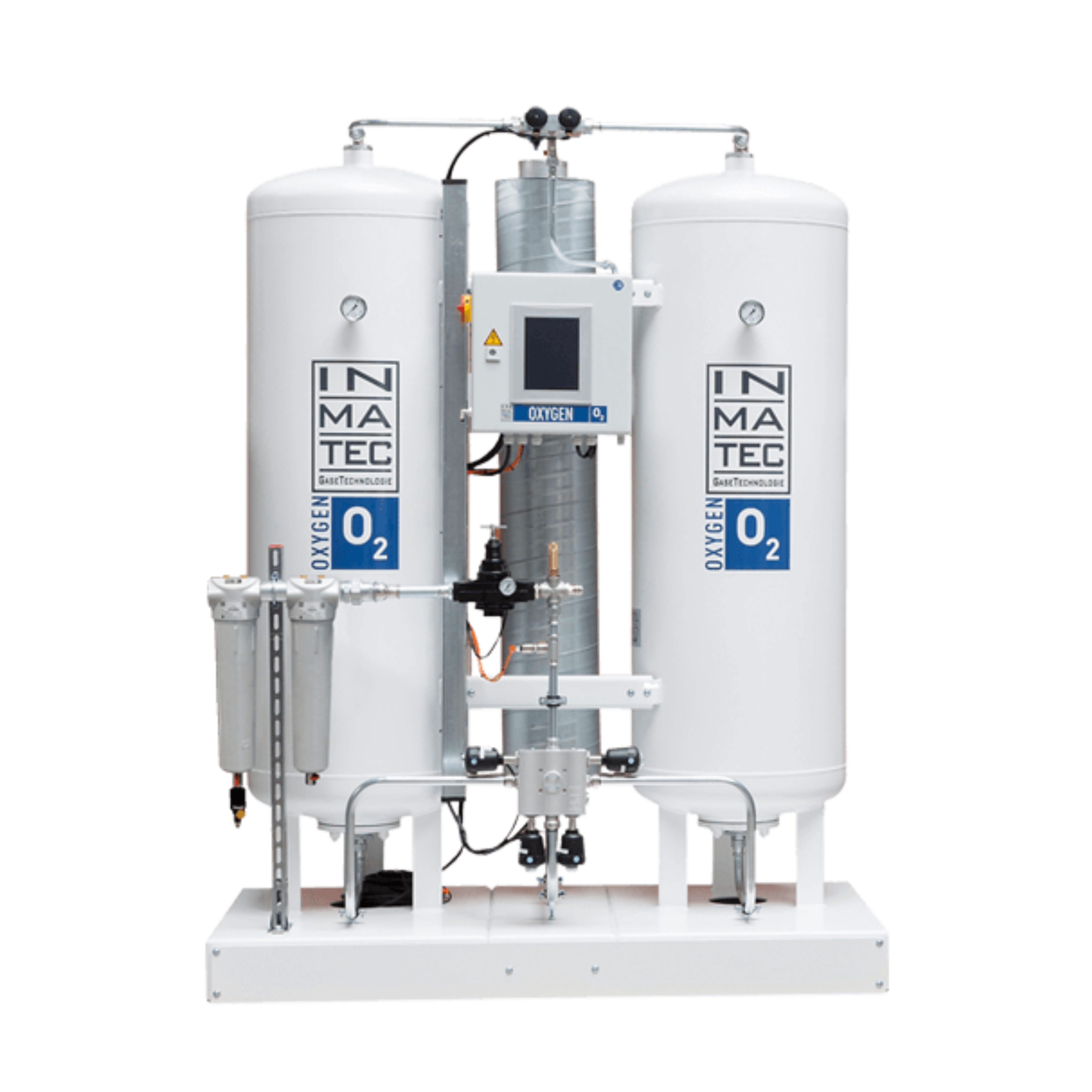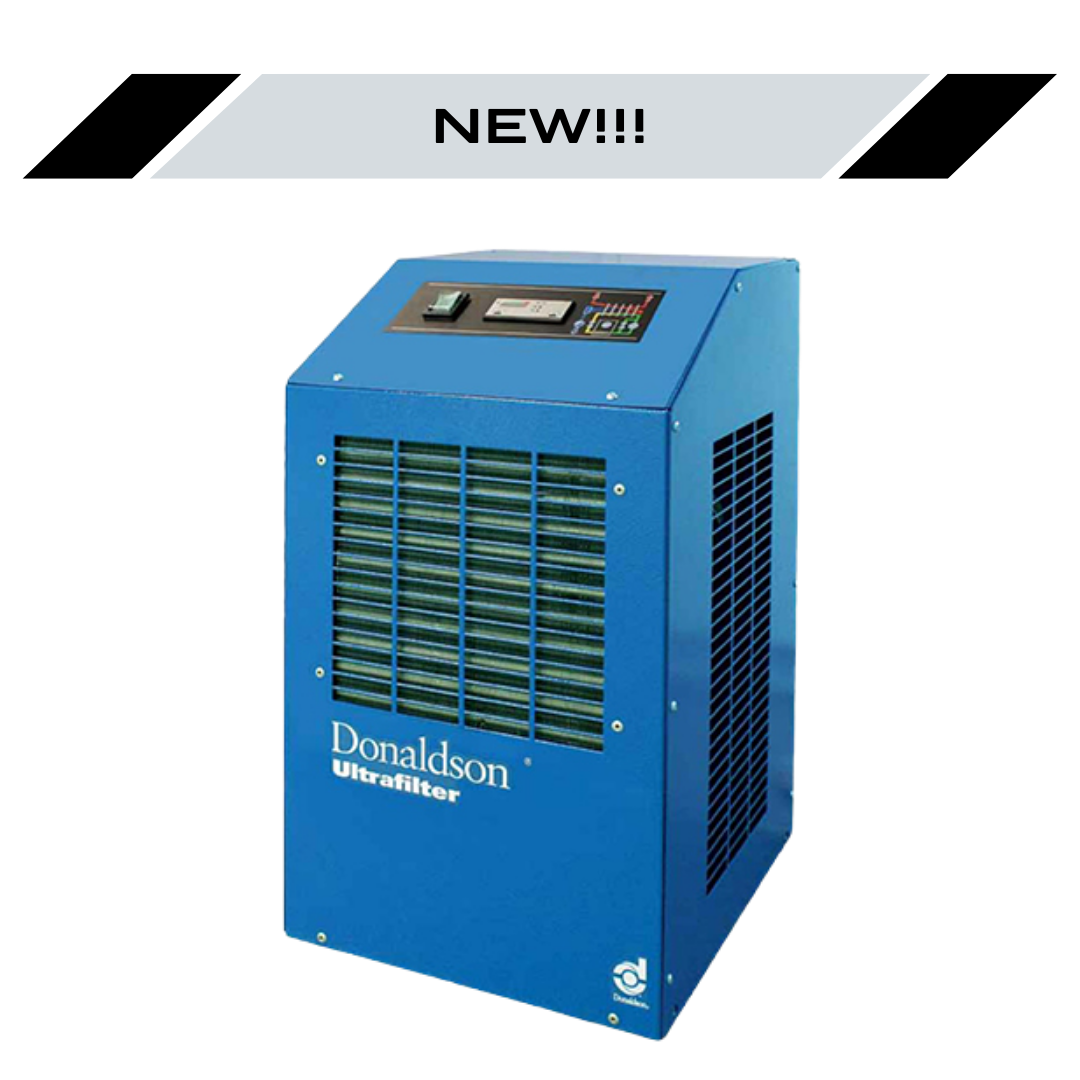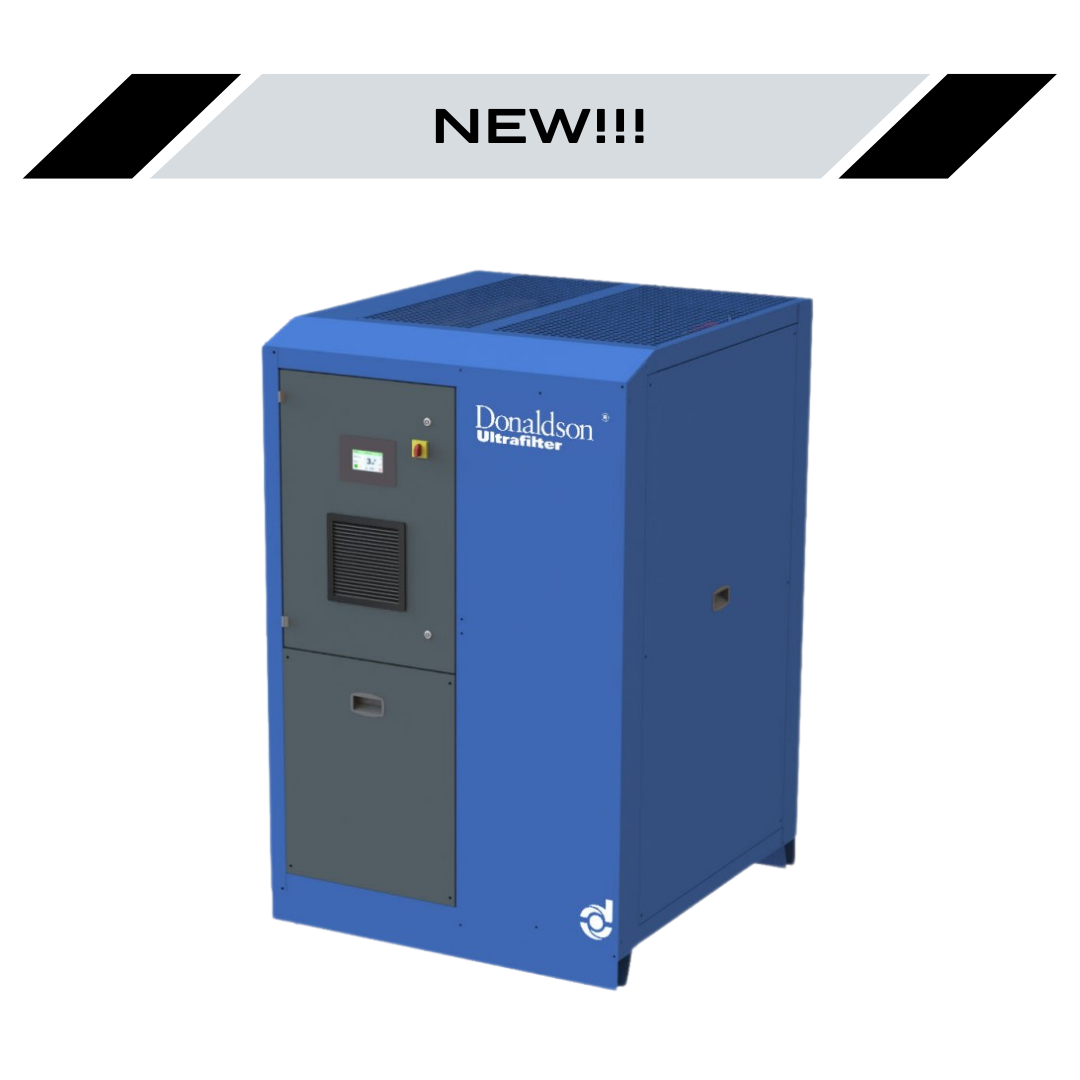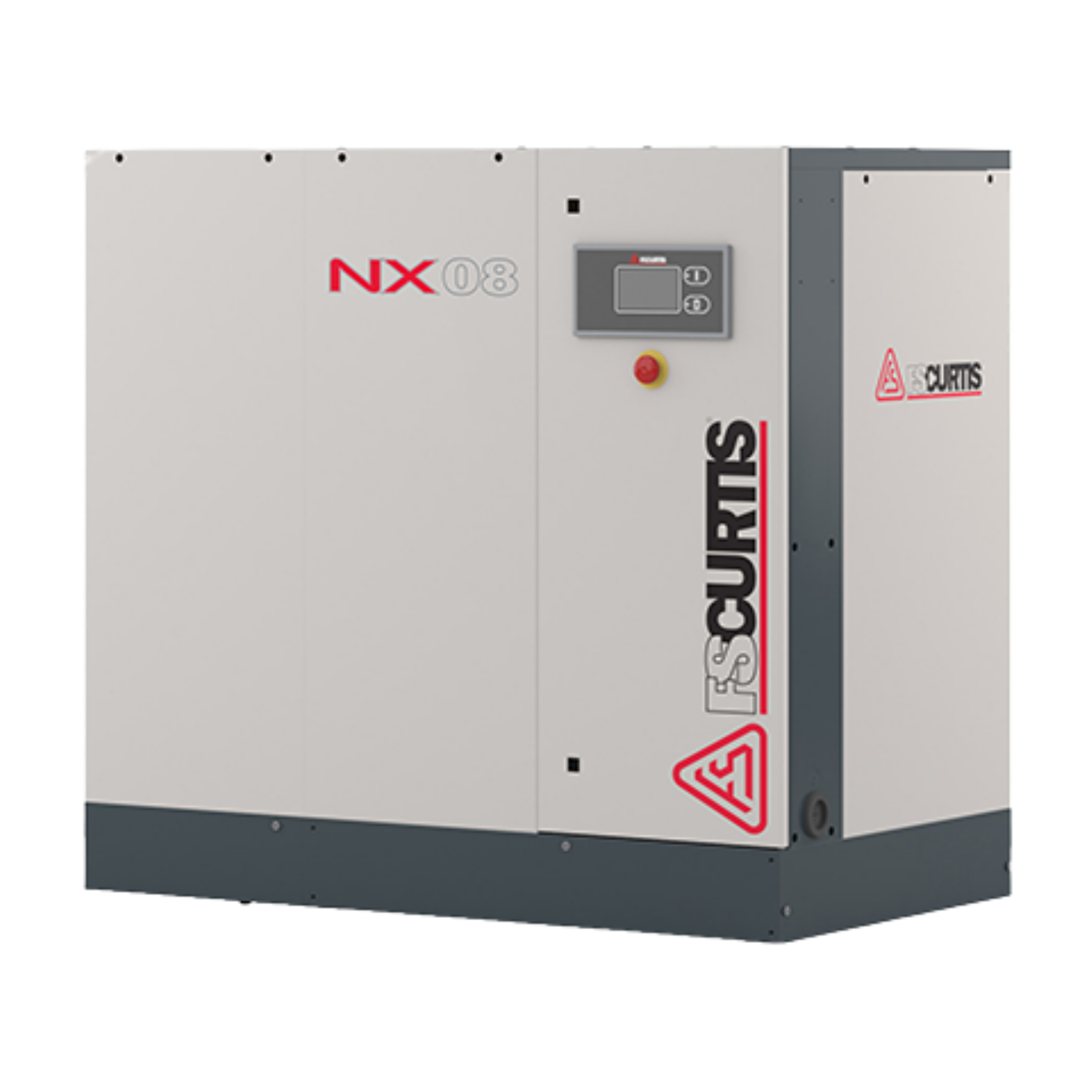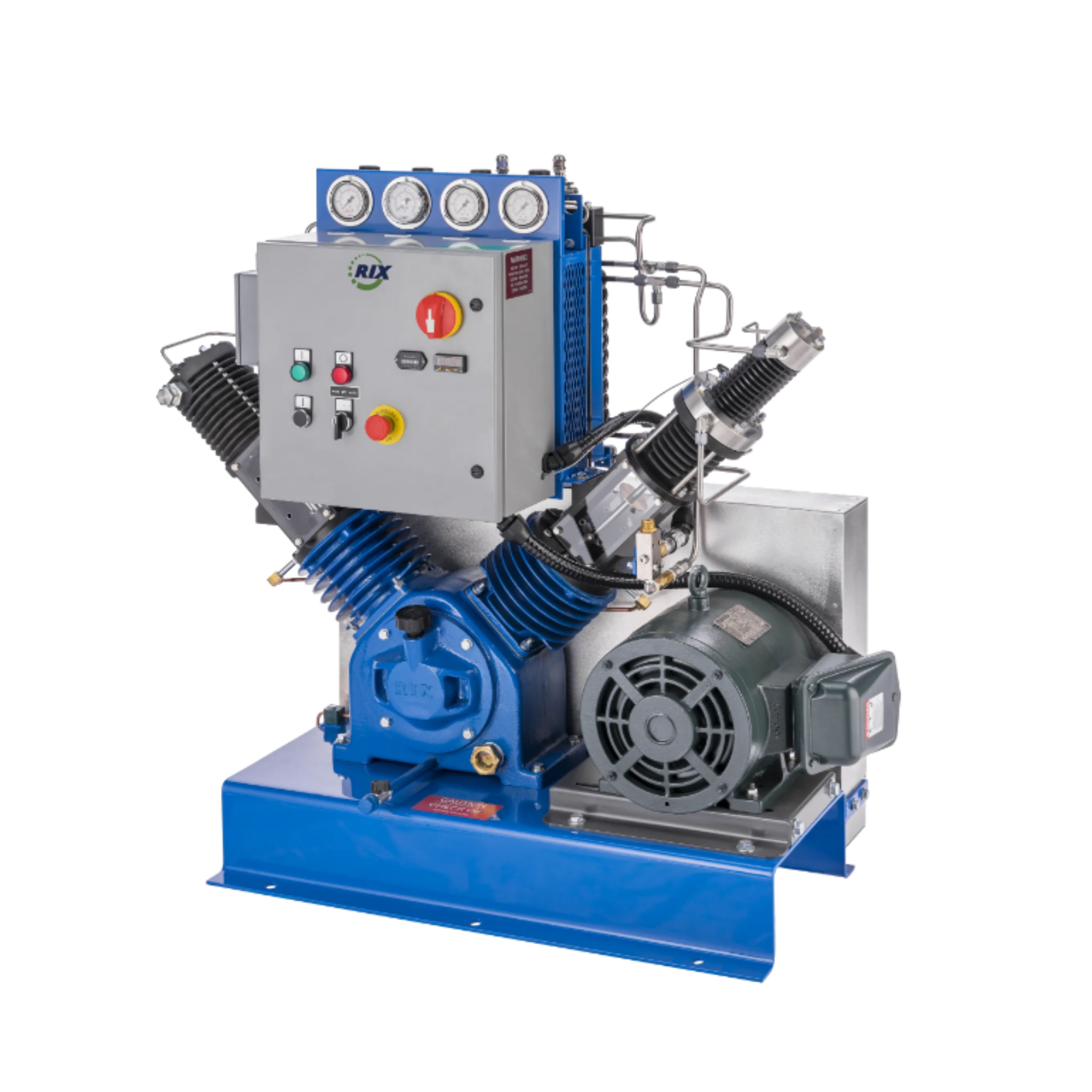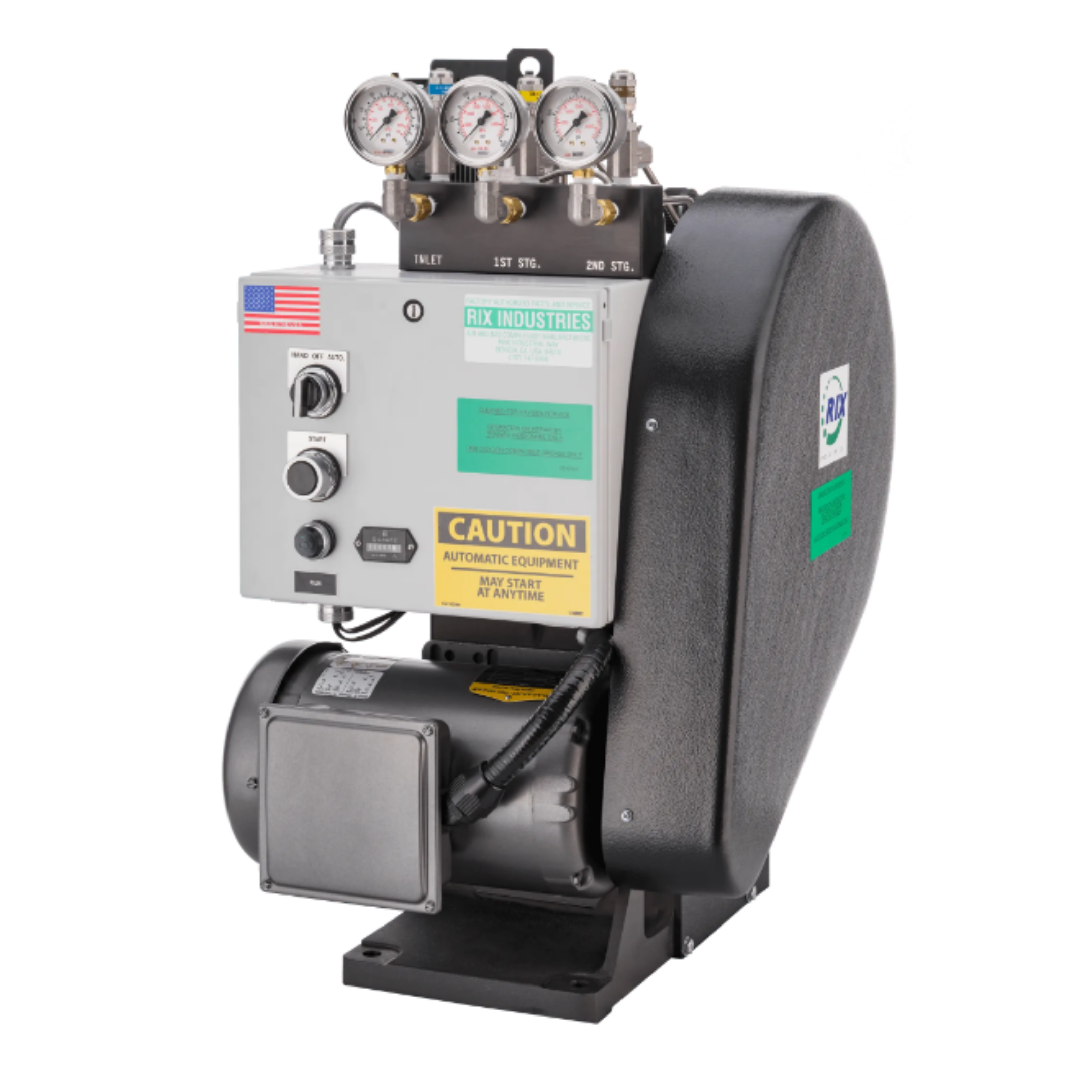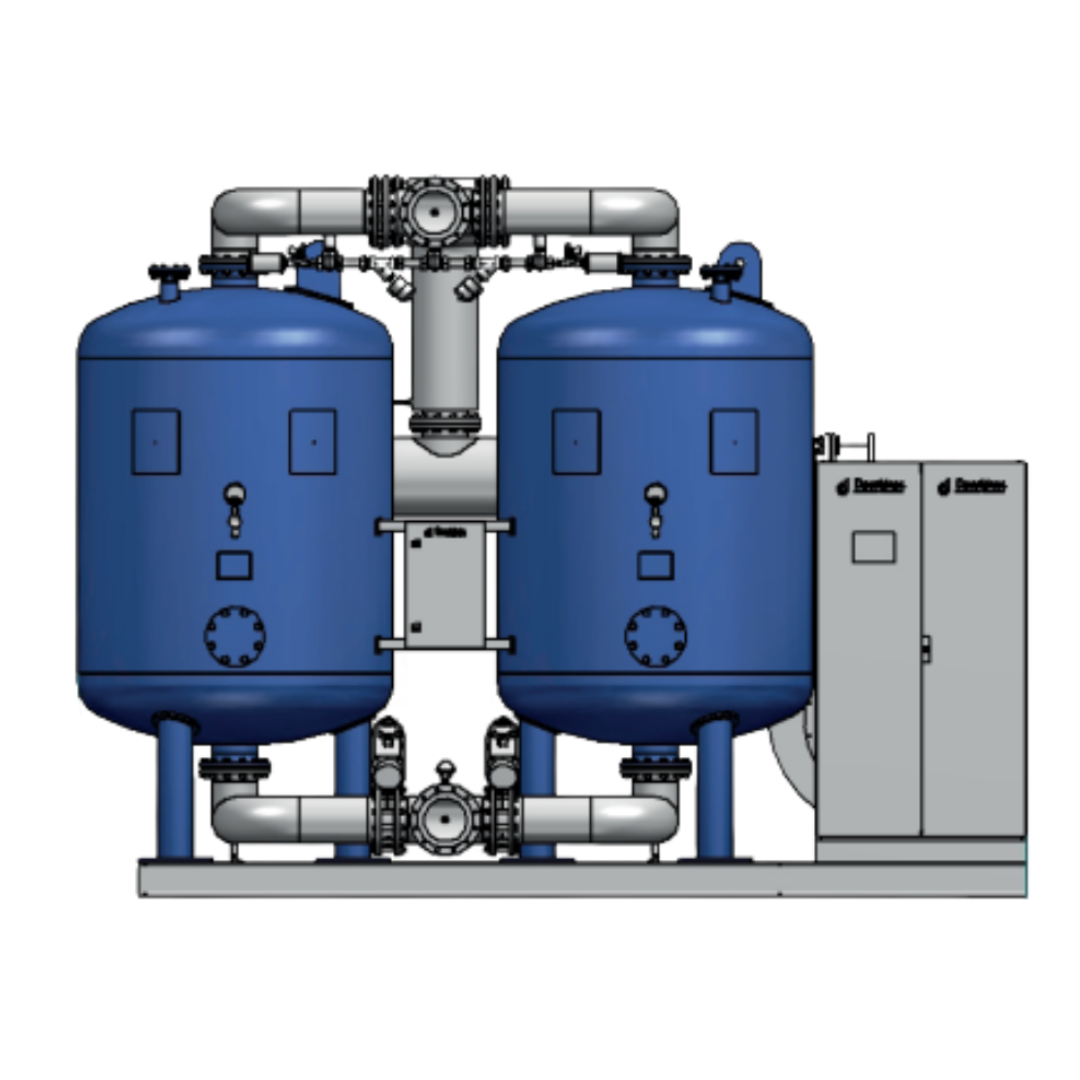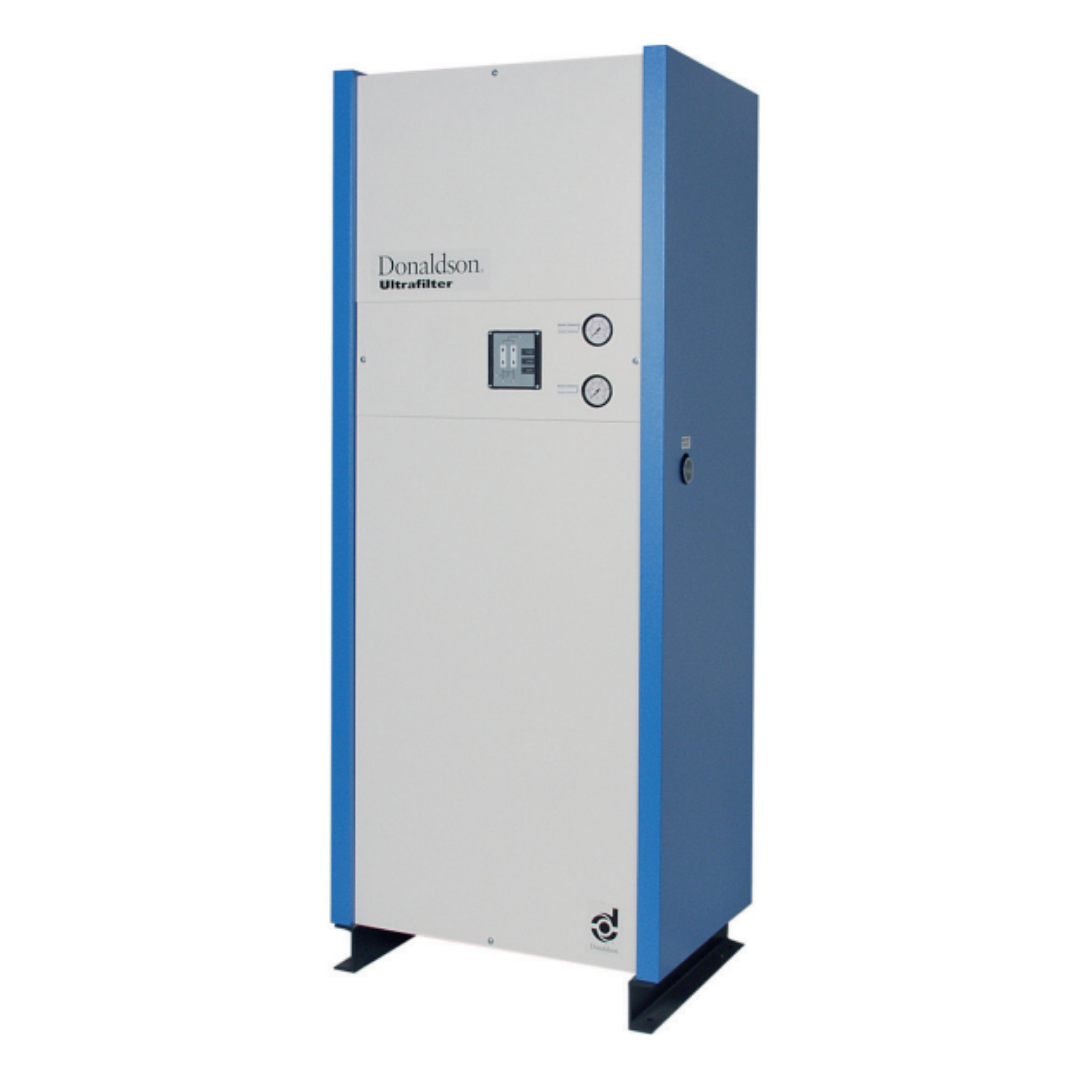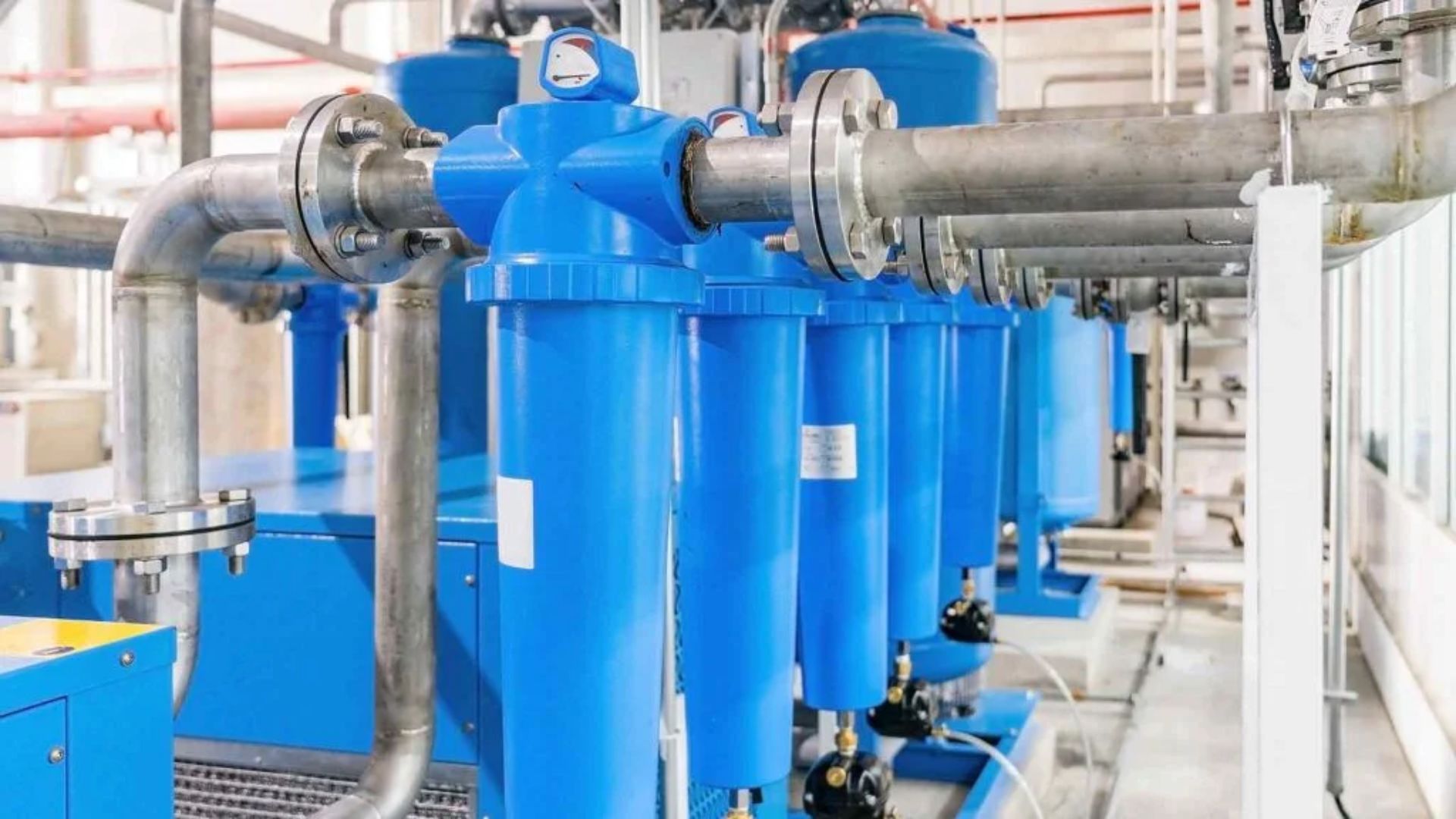
Setting up an air dryer might seem simple, but experienced techs can run into problems if they skip key steps. When installing a new system or upgrading an old one, it's important to avoid certain common mistakes to make sure your air dryer lasts a long time. Here, we look at the top seven mistakes people make—with real-life examples and case studies—to help you get it right from the start.
1. Choosing the Wrong Size Dryer for Your System
Imagine this: You've got a new compressor setup in your workspace, but your air dryer can't handle the volume of air. This is a common issue where a dryer that's too small was selected. However, a colleague of mine made the mistake of installing a larger dryer, thinking it would be more reliable. But he ended up with a machine that used a lot of energy and cost him more to operate than expected.
A Real-Life Example:
At a factory, a group of workers installed a small dryer for their powerful air compressor. When they were running at full capacity, the system struggled to remove moisture, which led to condensation building up in the lines. This caused damage to their air-powered tools, which needed expensive repairs. They got advice from an expert and decided to switch to a dryer that was the right size, and the system has been working perfectly ever since.
How to Avoid This:
It's best to avoid making estimates when determining the proper size. Check the compressor specs and think about the flow rate (in CFM or cubic feet per minute), pressure, and temperature needs. If you're not sure, it's a good idea to get advice from the manufacturer or a specialist to choose the right air dryer for your system's needs.
2. Placing the Dryer in a Poor Location
Here’s a classic blunder: a local auto shop installed their air dryer in a tight spot near the exhaust vent of their heater. It was an easy installation, but they didn't think about how hot the area gets when the heater is on. Over time, the heat caused the dryer to overwork, leading to an early breakdown.
Case Study:
In another case, a facility put the dryer by a window, which seemed like a good idea until summer came along. The sun made the dryer too hot, which made it less effective and meant it wouldn't last as long. They had to move it to a shady, well-ventilated area so it would work right.
What’s the Fix?
Make sure you put the dryer somewhere with enough airflow and a nice, cool temperature. Don't leave it in direct sunlight or near other heat sources. Keep the area around it clean and dust-free to avoid clogs or overheating. The way you place your dryer can make a big difference in how well it works and how long it lasts, even though it might seem like a small thing.
3. Skipping the Pre-Filter Installation
Not installing the pre-filter might seem like a quick fix, but it can cause problems down the road. Let's say a machine shop installed an air dryer without a pre-filter. After a few months, they noticed a drop in performance. A technician found that there was no pre-filter, which led to a buildup of oil and particles in the dryer. This made the dryer less efficient and used more energy.
Another Real-Life Example:
The construction company installed the compressor system but thought they could save money and time by leaving out the pre-filter. Unfortunately, the dryer's internal parts got clogged with dust and debris from the construction site, which caused it to overheat and fail. They lost more money during the downtime than they saved.
Lesson Learned:
It's important to make sure you install a pre-filter before the dryer at all times. It might seem like an extra step, but it's really essential. The pre-filter stops dust, oil and debris getting into the dryer, which helps keep it clean and working properly. It's a good investment that helps you avoid unexpected breakdowns and maintenance issues in the future.
4. Using the Wrong Piping Configuration
While piping might not seem like a big deal, it's actually pretty important for keeping your air dryer running smoothly. The team at the logistics warehouse used some cheap piping material that wasn't meant for compressed air systems. After a couple of months, they noticed some rust and corrosion developing inside the pipes, which was causing air contamination and making the dryer work harder.
Case Study:
A factory near us set up their air dryer system with a piping configuration that had lots of sharp bends and long horizontal stretches. They soon noticed that the pressure was lower and there was more condensation, which was affecting the quality of the compressed air. They made the dryer more efficient and got rid of the moisture issues by changing the layout of the pipes to make them less bendy and using vertical runs when they could.
What to Do Instead:
Use the best materials you can find that won't rust and are made for compressed air systems. When you're putting in the pipes, try to have fewer bends and sharp angles, and avoid long horizontal runs. The better the route is designed, the better your dryer will work. It's like ensuring that a highway is free of congestion, which makes it easier for everyone to move around.
5. Skipping Regular Maintenance Checks
Picture this: a factory puts in a new air dryer, and it works great for a year. But then, they start noticing a drop in performance. Why? Because they didn't keep up with regular maintenance. Things like dust and dirt build-up, clogged filters, and undetected leaks can make the equipment less effective and lead to costly repairs.
Real-Life Example:
A printing company installed an air dryer without following the manufacturer's maintenance instructions. Over time, the filters became blocked, which slowed down the removal of moisture and caused problems with ink on their printed materials. They had to close for a whole day to fix the issue, which cost them both time and money.
The Takeaway:
It's really important to stick to the manufacturer's maintenance schedule. Regular maintenance should include checking and replacing filters, checking for leaks, and making sure all the equipment is working within the right temperature and pressure limits. Think of it like a maintenance check for your vehicle—you wouldn't skip it if you want everything to work properly.
6. Not Considering Seasonal Changes
The weather changes a lot from season to season, and if your air dryer isn't set up to handle these changes, you might run into problems. A bakery had trouble when their air dryer couldn't handle the high humidity in the summer. The moisture build-up in their air lines started affecting the quality of their baked goods.
A Case Study:
A manufacturing plant in the Midwest installed an air dryer and calibrated it for the winter season. When summer came, they saw water droplets coming out of the air tubes because of the higher humidity levels. They had to stop production to readjust the system, which led to a delay in production and a loss of revenue.
How to Avoid This:
It's a good idea to keep an eye on how your system is performing all year round, especially during seasonal changes. It's important to adjust the settings on your air dryer to account for changes in temperature and humidity. Some newer dryers have automatic adjustments that could be helpful if you live in an area that has a lot of seasonal changes.
7. Improper Electrical Connections
Dealing with electrical issues can be tough. At a food packaging plant, some wiring issues led to power problems with their air dryer. The device was causing the circuit breaker to trip because of improper grounding, which led to downtime and slowed down their entire operation.
Another Real-Life Example:
A small metalworking shop installed an air dryer, but connected it to a power supply with the wrong voltage. Unfortunately, this led to some regular malfunctions and ultimately harmed the unit's internal parts, which resulted in some costly repairs and downtime.
Pro Tip:
Be sure to follow the electrical specs provided by the manufacturer when setting up your air dryer. It's important to verify that the voltage, frequency, and grounding specs match your power source. Secure connections are crucial, so if you're not comfortable with electrical tasks, don't hesitate to contact a professional electrician. It's worth paying a little extra now to prevent future problems.
